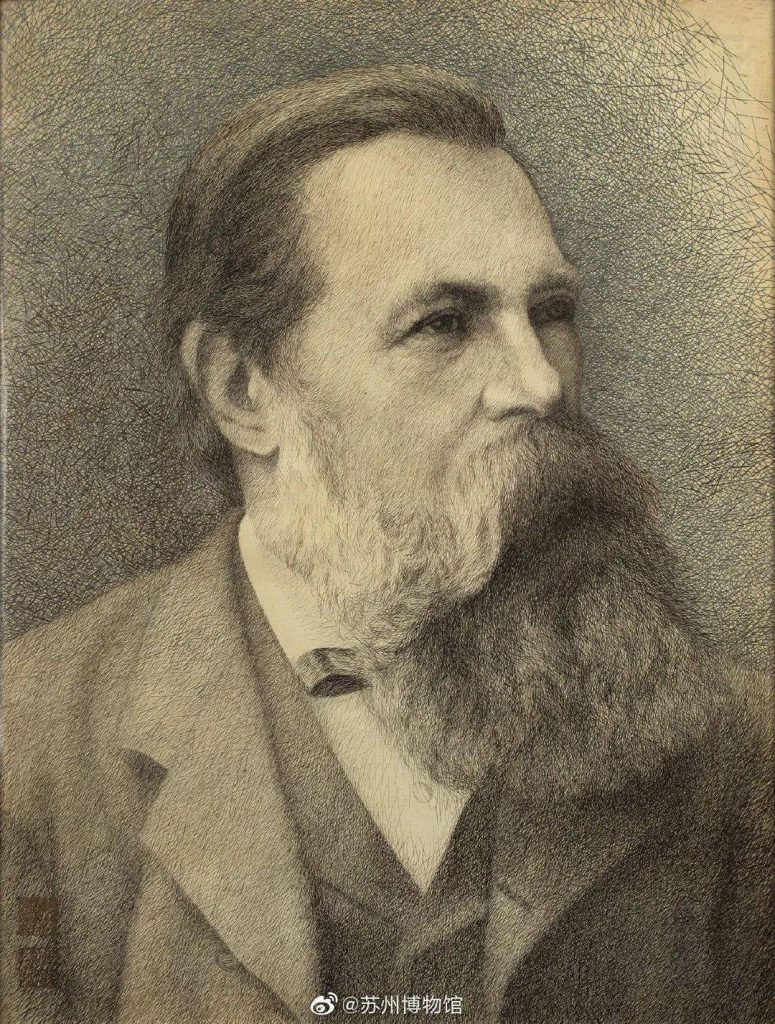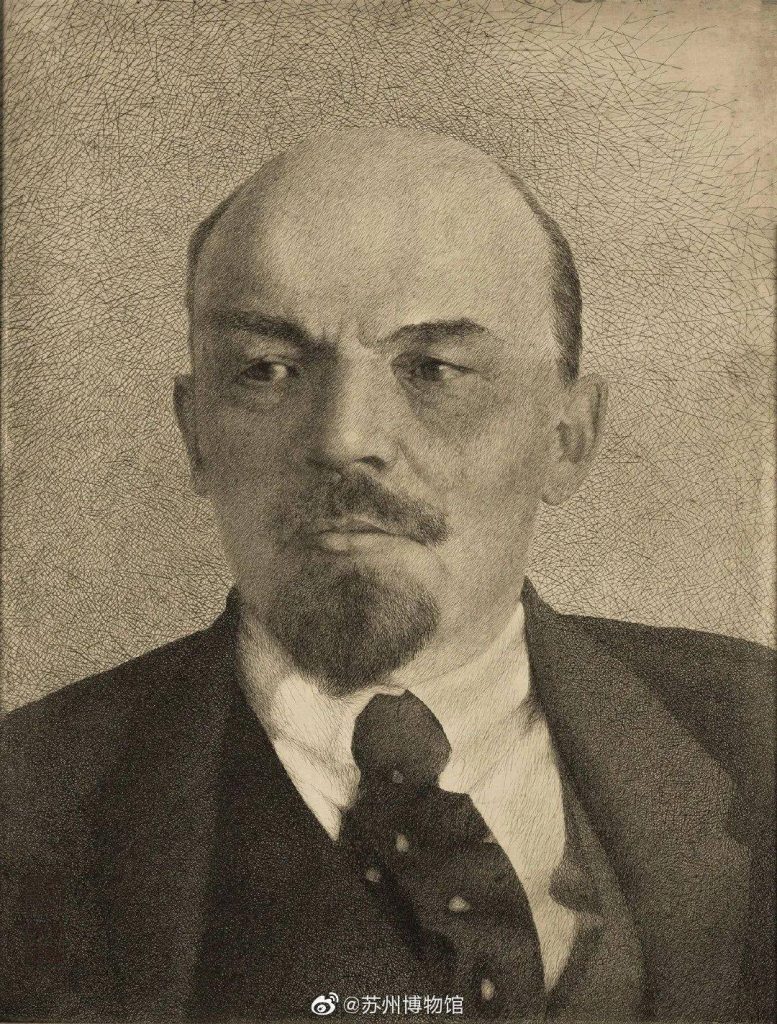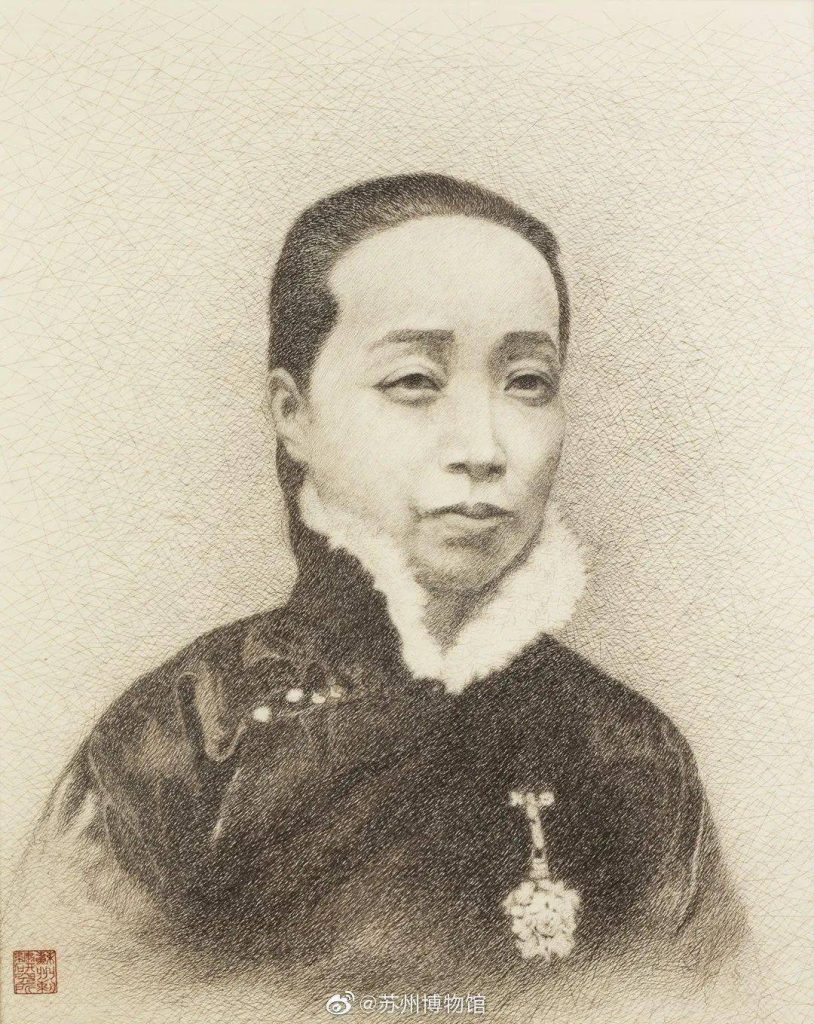An Astonishing Discovery
At first glance, this looked like Luo Zhongli’s famous oil painting Father. But when I leaned in for a closer look, something felt different about the texture.

With my -5.00 vision, I had to use a magnifying glass—and to my surprise, I realized this was not oil paint at all, but embroidery!
To recreate the texture of the original painting, the artist split a single silk thread into 128 finer strands for stitching. The result: a Suzhou embroidery version of Father that rivals the original in power and emotion.
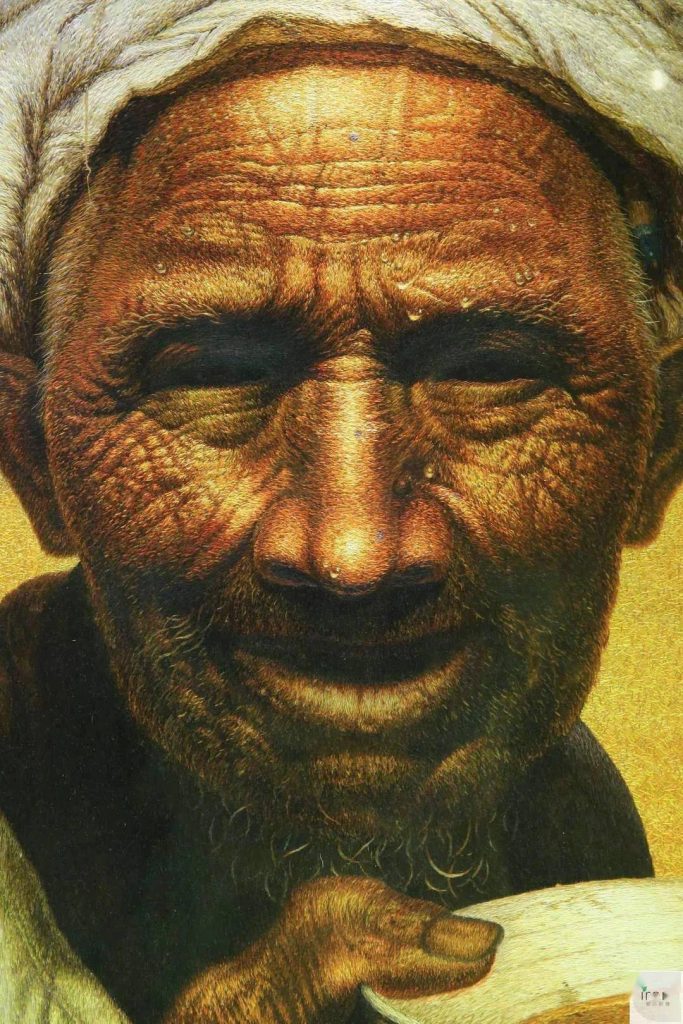
The beads of sweat glistening on the man’s forehead seem as if they might slide down at any moment. To capture the weathered look of a lifetime of hardship, the artist used a variety of needle techniques, switching between different thicknesses and directions of stitches.
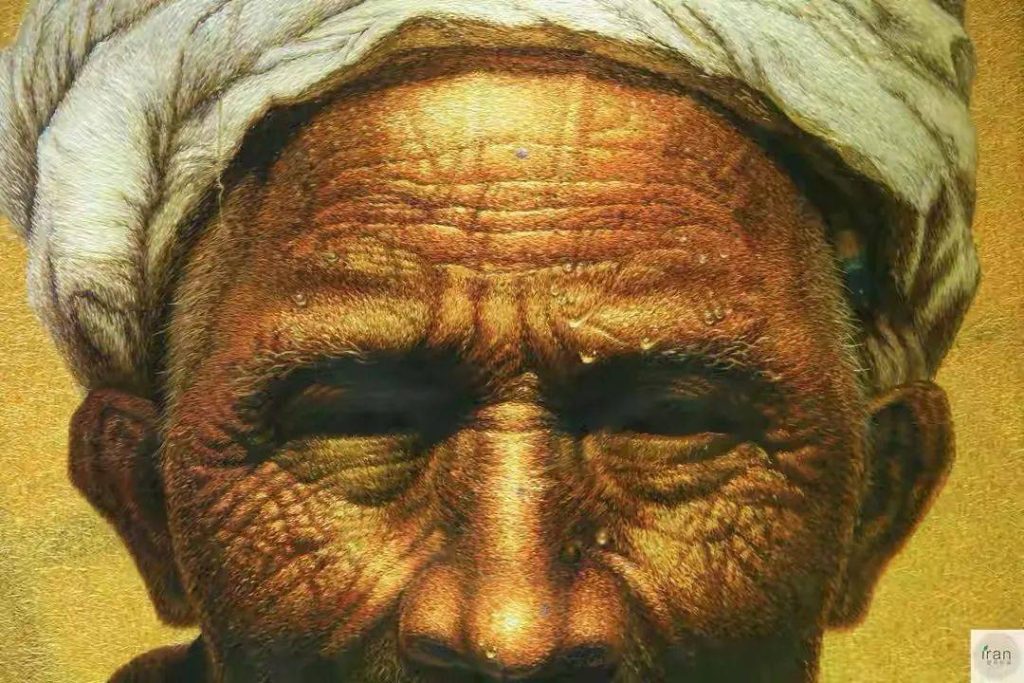
This created striking layers of light and shadow, vivid colors, and natural realism without a hint of stiffness. From a distance, it is impossible to imagine this masterpiece was created stitch by stitch.
The embroidered Father was valued at 10.58 million RMB by the Bank of China and immediately drew worldwide attention.

Double-Sided Mastery
Even more incredible, this is a double-sided embroidery with contrasting colors—the front in color, the reverse in black-and-white.
Through her stitches, the artist gave the figure a full, lifelike presence, with rich tonal layers and powerful expression. The dignity of a great man is fully revealed within the silk threads.
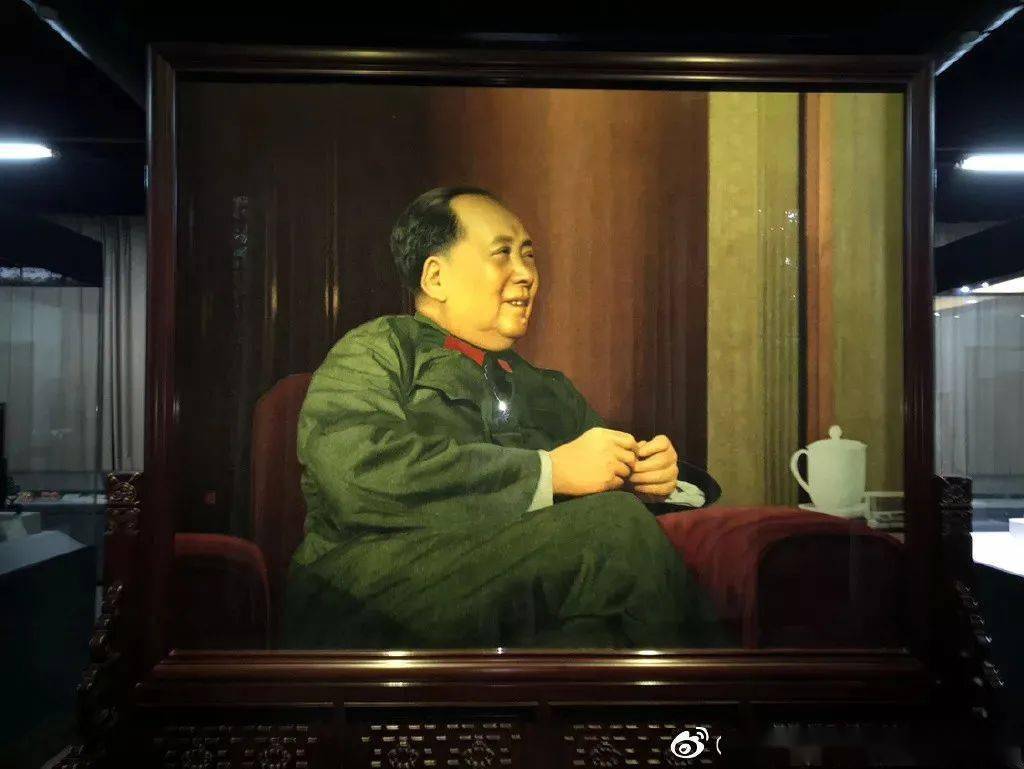
Another notable portrait by the artist is Meditation, which she considers her proudest achievement.
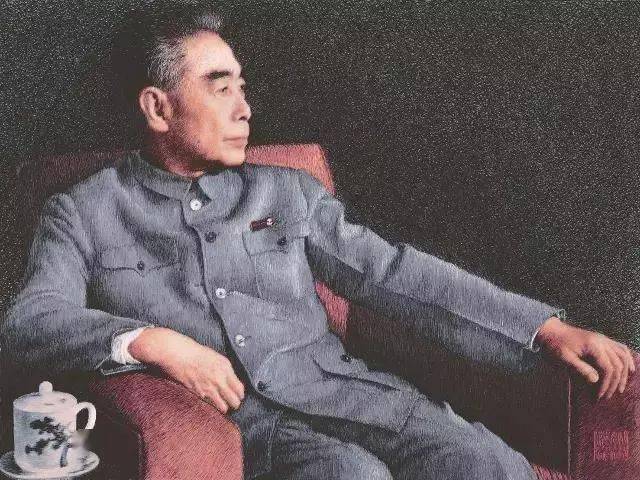
The Artist: Yao Jianping
The creator of these works is none other than Yao Jianping, known as the “Queen of Suzhou Embroidery” and recognized as the world’s number one Suzhou embroidery master.
As one of the most influential contemporary embroidery artists, she has earned international acclaim for her exquisite craftsmanship and creativity. Yao is also the designated inheritor of this intangible cultural heritage at the global level.

Her hand embroidery has received extensive coverage in China’s most authoritative media outlets, including People’s Daily, Xinhua Daily, Guangming Daily, and People’s Political Consultative Daily.
She has been honored with the title of “People’s Artist” and recognized as an “Outstanding Contributor and Model Figure”.

With only a silver needle and strands of silk, Yao has created lifelike portraits, animals, and landscapes. Many of her works have even been presented as national gifts to world leaders and distinguished guests.

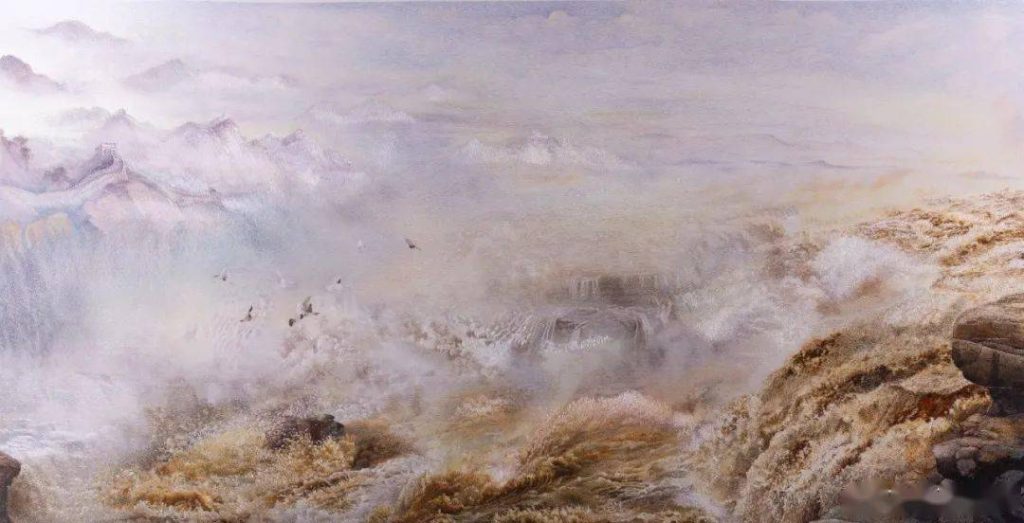
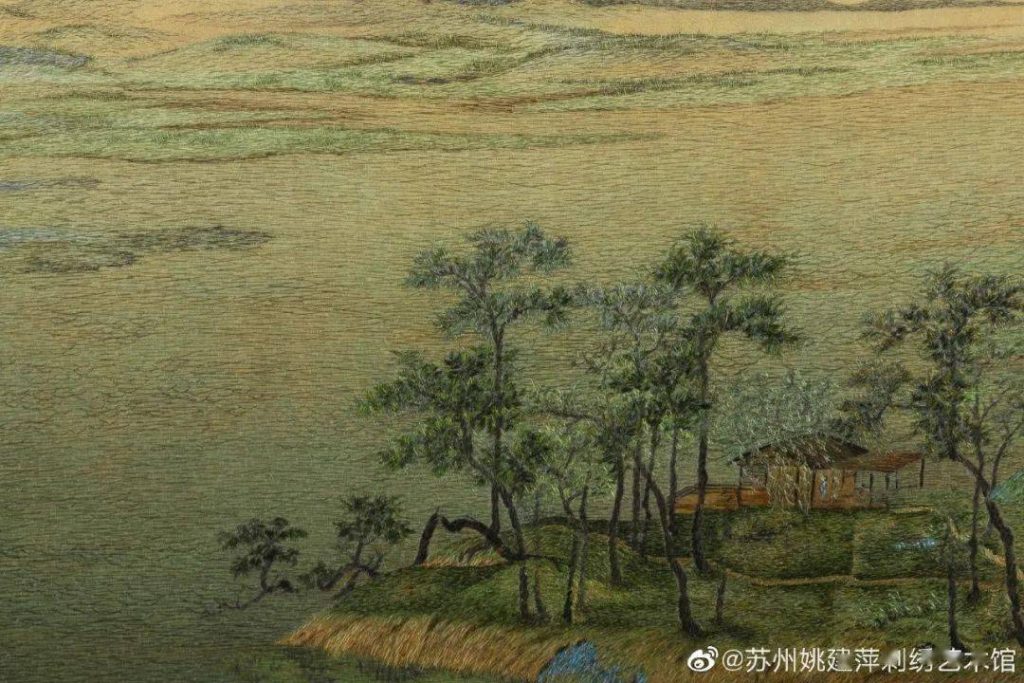
Record-Breaking Works
In 2011, Yao Jianping’s monumental embroidery, the reunited scroll of Dwelling in the Fuchun Mountains, sold for 47 million RMB.
This became the highest auction price ever achieved in the history of embroidery, creating a sensation across China.
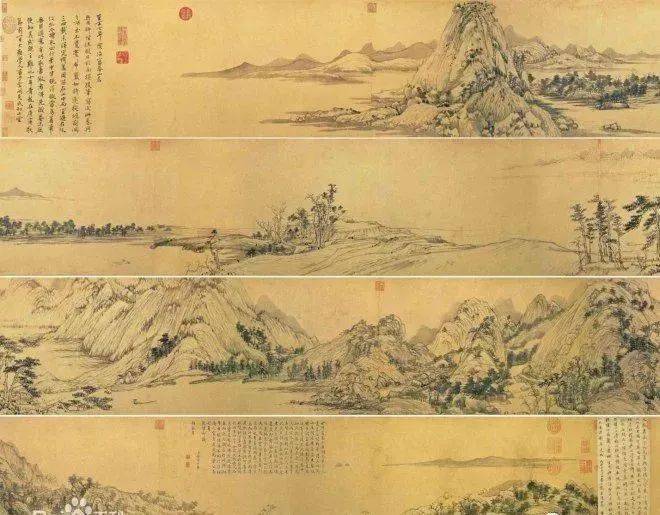
Tribute to the Forbidden City
To commemorate the 600th anniversary of the Forbidden City, Yao recreated the national treasure A Thousand Miles of Rivers and Mountains in embroidery.
She invented a unique technique called “Light and Rhythm Stitching”, for which she was granted a national patent.
In this work, the green-and-blue landscape is rendered with ancient, elegant colors. The transitions of light and shadow are subtle yet profound. To faithfully capture the charm of the original painting, she used countless short, fine, and varied stitches, applying a special “pressing-light” method during embroidery to achieve the delicate shading and texture of the original masterpiece.
Through Suzhou embroidery, Yao presented not just a reproduction of the scroll, but a version that embodies and even surpasses the spirit of the original.

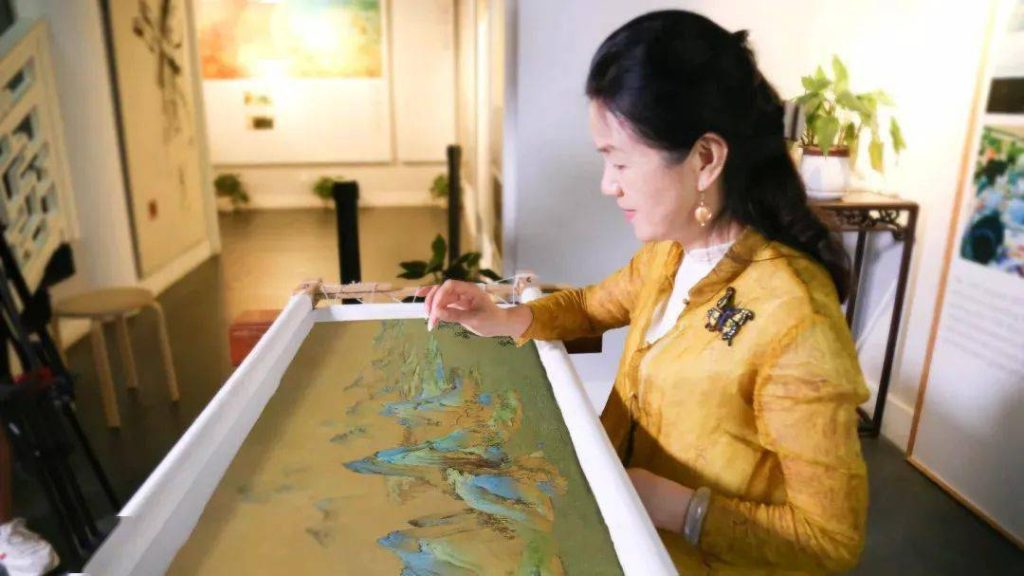
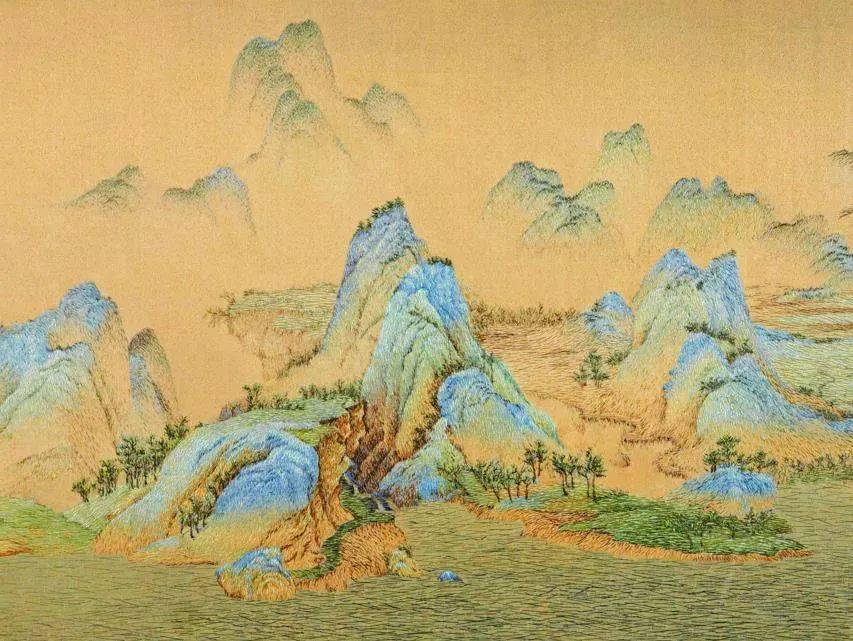
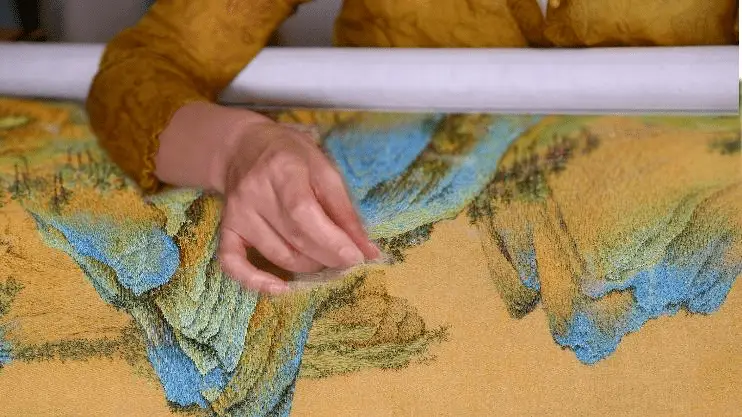
Blossoms and Nature
Yao once spent an entire year embroidering a summer lotus scene.
The soft, pale petals look weightless, swaying gently in the breeze and releasing a subtle fragrance. The embroidery blends so seamlessly that one could hardly distinguish it from an oil painting.
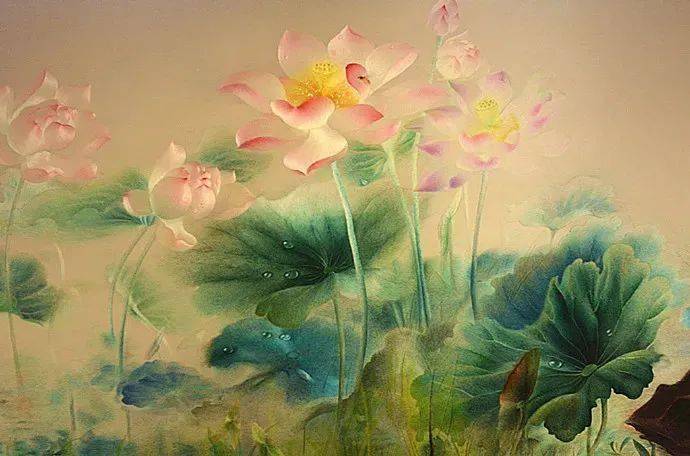
Bees seem to hover faintly over the petals, while dewdrops on lotus leaves appear ready to fall at any moment. The rain-drenched blossoms seem even more delicate, turning the lotus pond into a poetic scene that lingers in the mind.
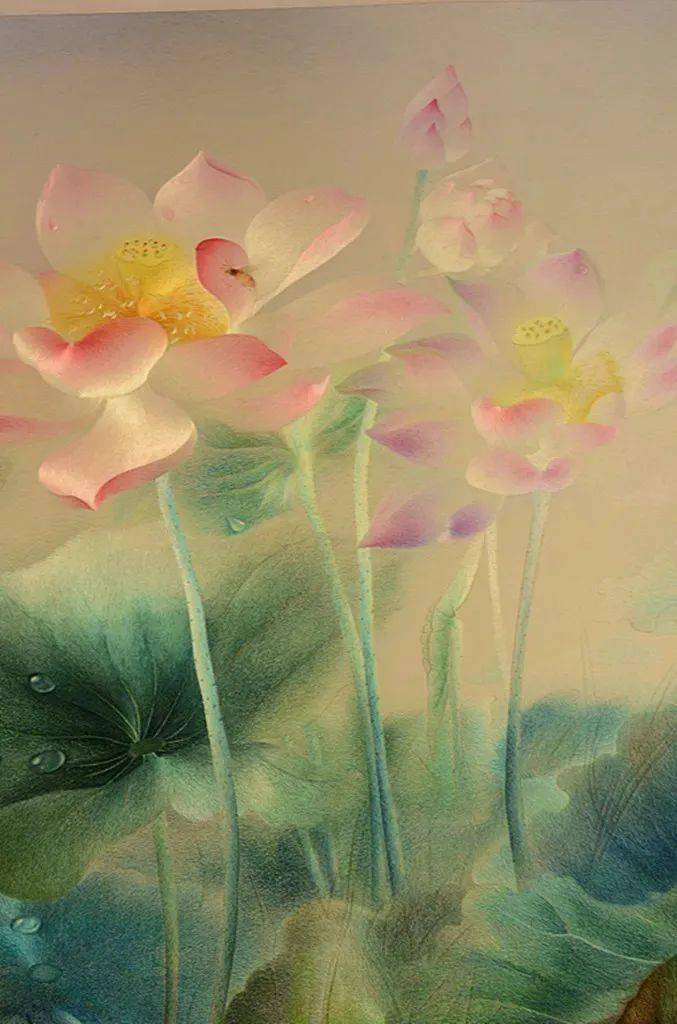
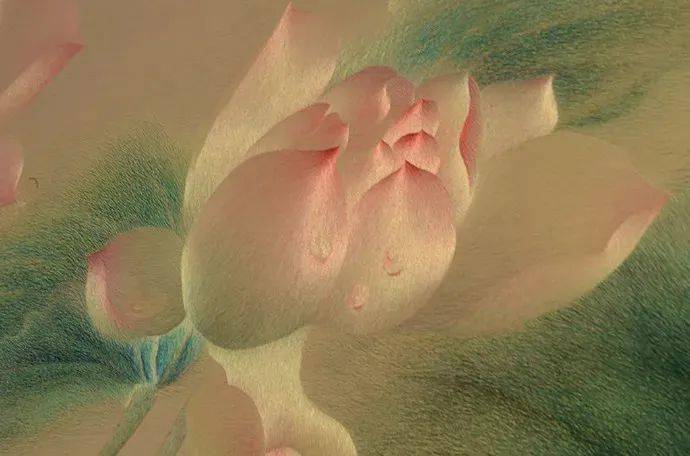

Many of her works combine original design concepts with meticulous craftsmanship, balancing light and shadow to create effects that resemble both realistic oil paintings and colored-pencil drawings.
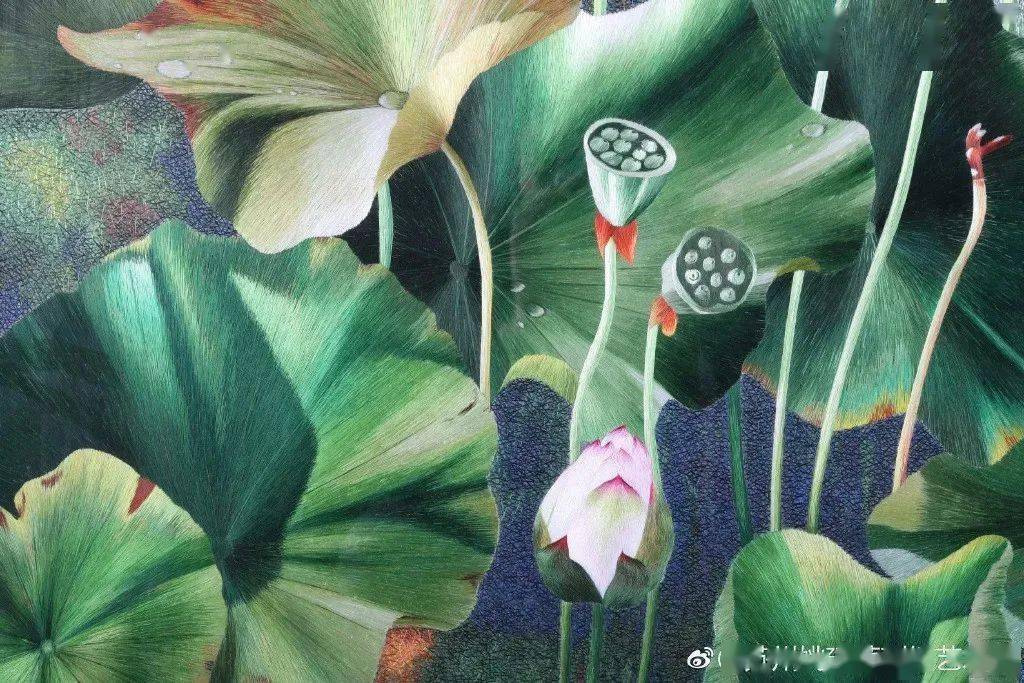

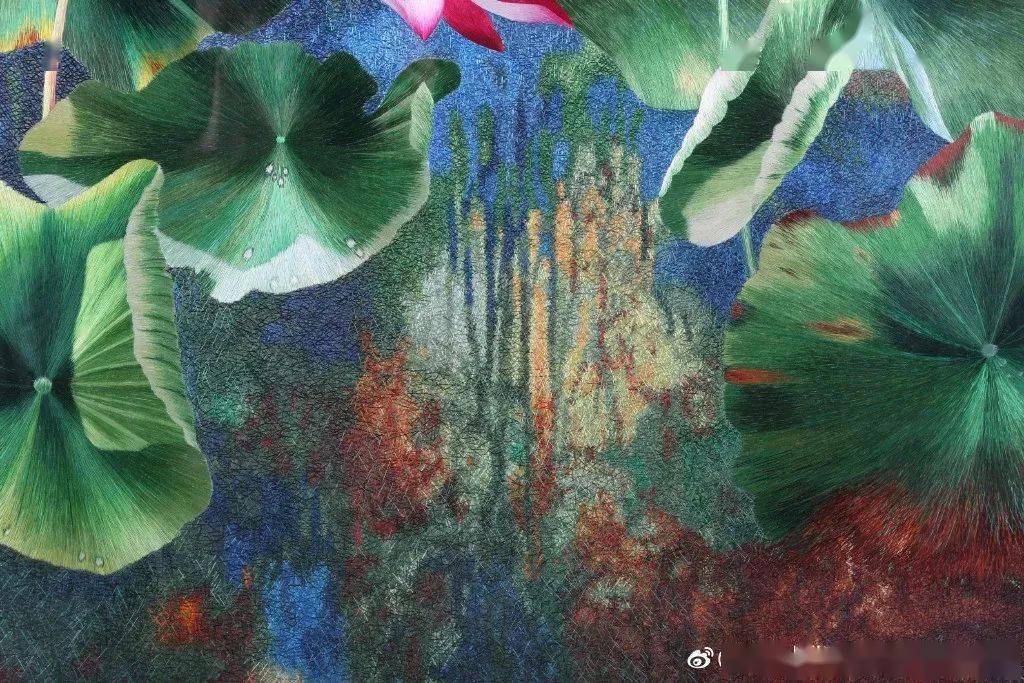
Grapes, Landscapes, and More
In her embroidery of translucent grapes, the fruit seems ready to burst with juice.
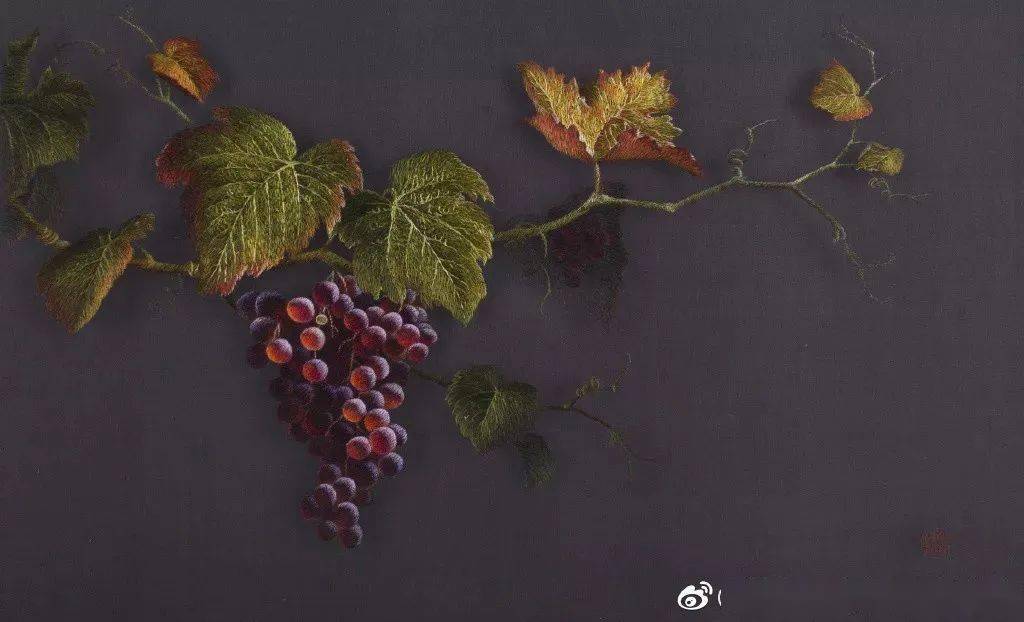
For over 40 years, Yao has mastered and innovated upon hundreds of Suzhou embroidery techniques—including rolling stitches, random stitches, connecting stitches, branch stitches, and wave stitches—bringing out the very essence of light, shadow, and composition in her works.
One of her masterpieces, the embroidered Madonna of the Chair, required extraordinary technical precision:
- A single headscarf needed 8 tonal areas, 18 base colors, and 144 shades of silk threads.
- The entire piece used more than 1,000 colors in total, something extremely rare in the thousand-year history of Suzhou embroidery.

The mysterious smile of the Madonna, the gentle gaze, and the masterful play of light all showcase Yao’s deep foundation in fine arts and her unparalleled embroidery skills.

Blending Multiple Art Forms
Yao Jianping’s embroidery does not limit itself to tradition. She combines methods from Chinese ink painting, sketching, watercolor, oil painting, and colored pencils with classical Suzhou embroidery techniques, creating works that are vivid, natural, and lifelike.

Her speed is equally impressive—she can embroider up to 100 stitches per minute.
One of her celebrated works, Magnolia in Bloom, required a staggering 120 million stitches.
The composition features 500 magnolia blossoms and 9 doves of peace, symbolizing fragrance spreading across the world and welcoming guests from every corner of the globe.


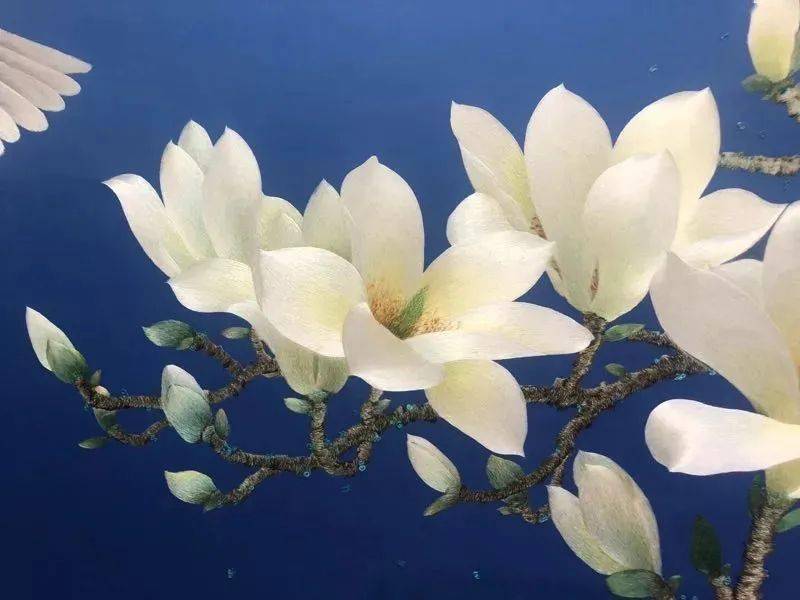
The Beauty of Composition and Color
Her works demonstrate three artistic “absolutes”:
- Compositon: Within a limited space, she creates vast and balanced landscapes, rich in depth and order.
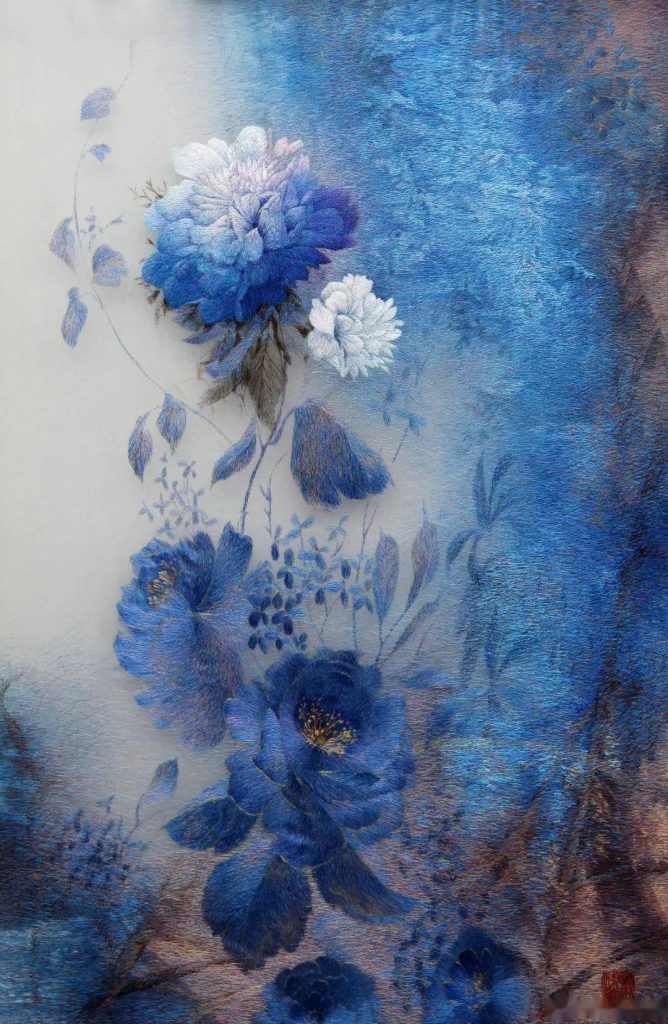
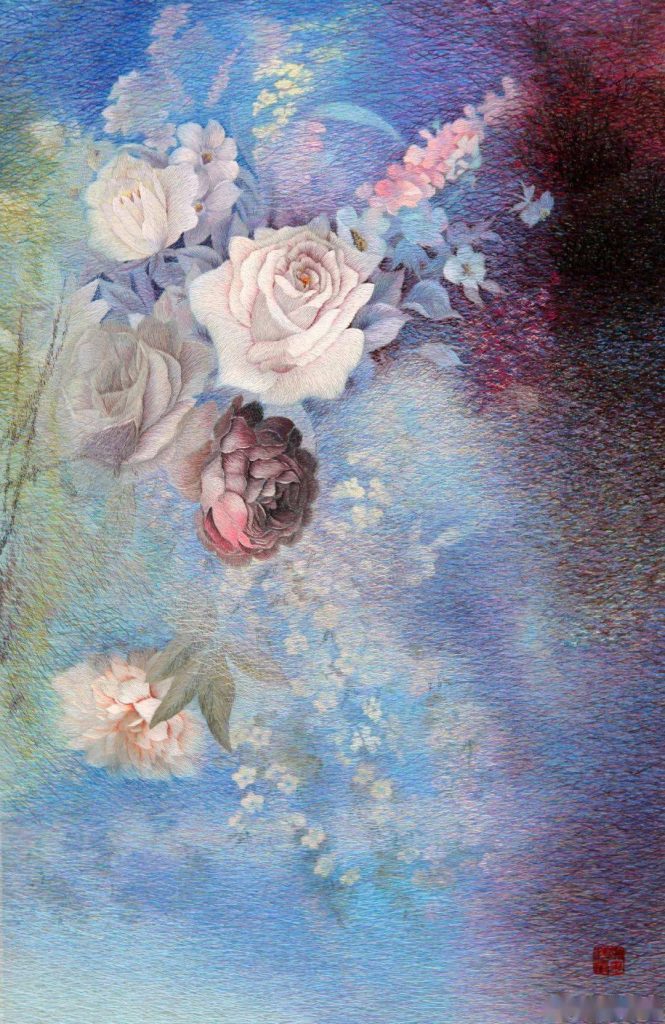
- Color: Thousands of shades are layered and blended, ensuring tones remain vibrant for centuries, rivaling original paintings.

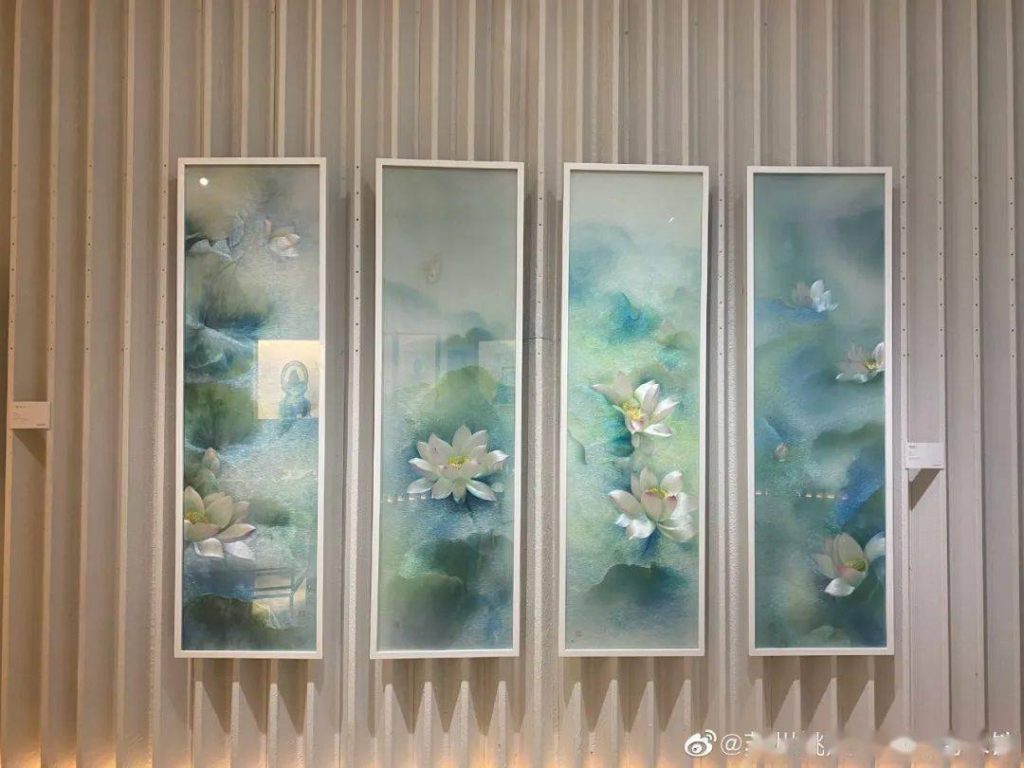
- Aesthetic: Yao emphasizes the natural transitions of light and shadow while boldly pursuing brilliant and varied colors.

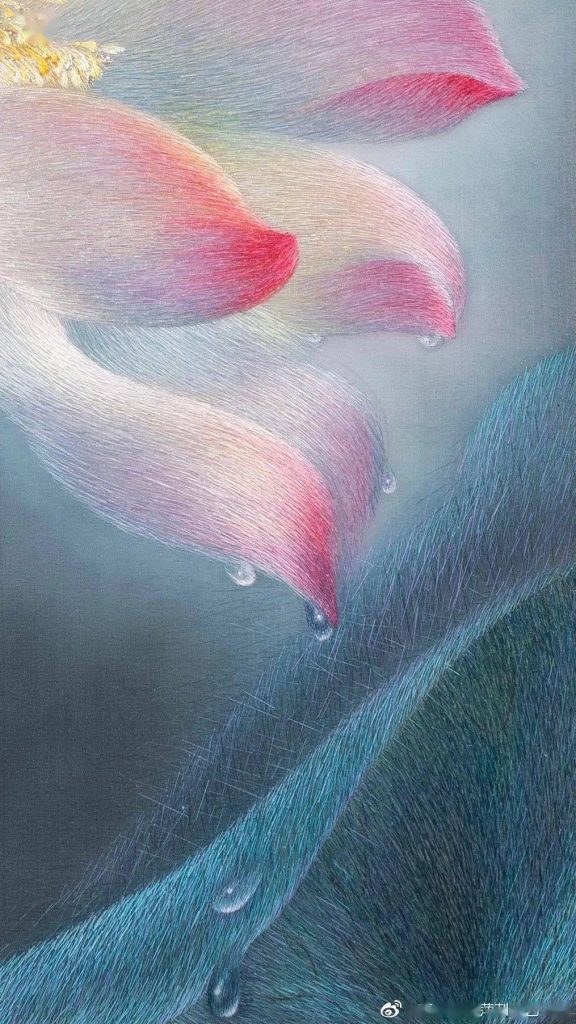
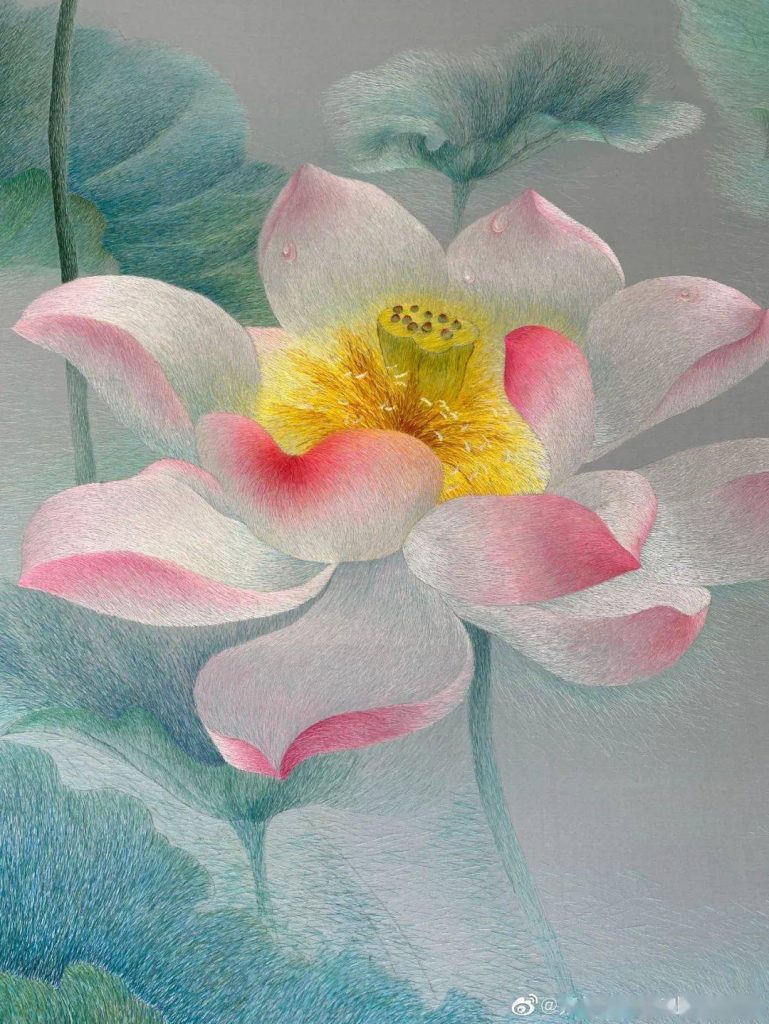
Court Ladies Playing Cuju
Among her national-gift embroideries is Court Ladies Playing Cuju, inspired by Along the River During the Qingming Festival.
This piece was embroidered with hundreds of silk threads in diverse shades. Each figure was stitched using over a hundred techniques, resulting in countless variations. The women appear graceful, expressive, and almost alive, as though stepping out of the scroll itself.

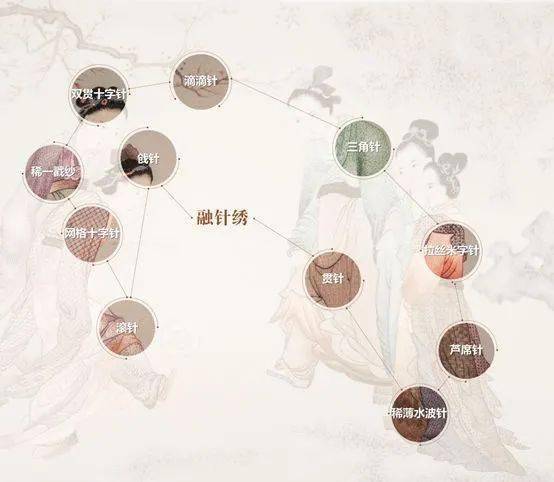
Their colorful garments and delicate faces reflect the elegance and wealth of palace women, vividly re-creating a Ming dynasty courtly celebration and its joyful atmosphere.

Animals in Suzhou Embroidery
Yao has also excelled in animal subjects, a classic theme of Suzhou embroidery.
- Cats: Their gem-like eyes and soft, fluffy white fur look so real you can almost hear them meow and leap into your arms. The flexible needlework and refined details make them astonishingly lifelike.
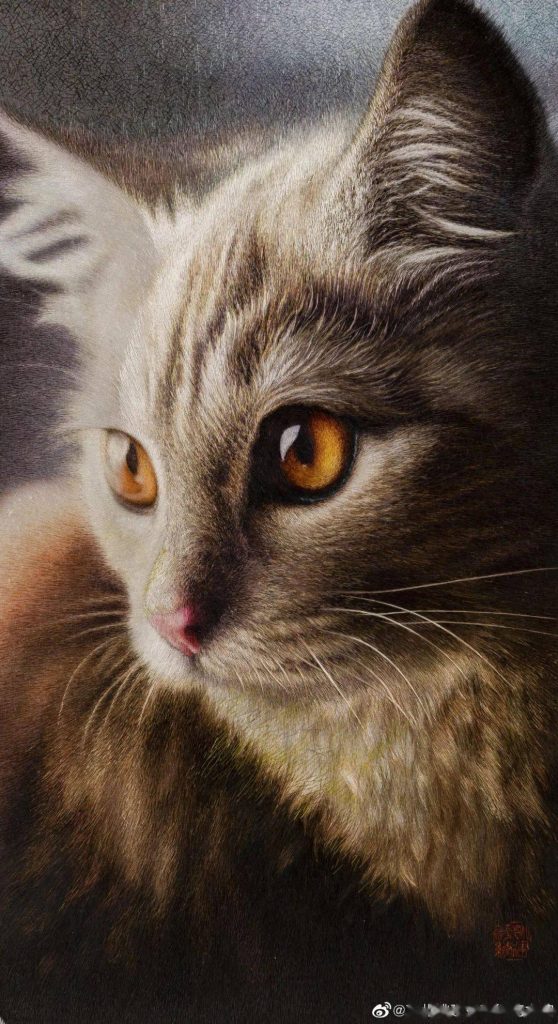
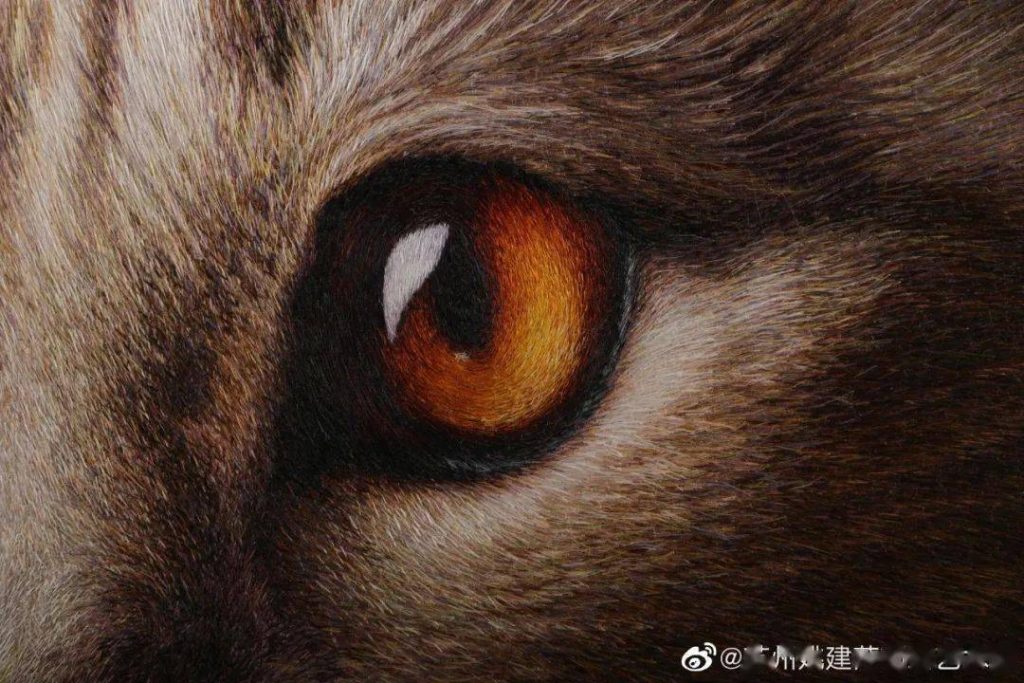

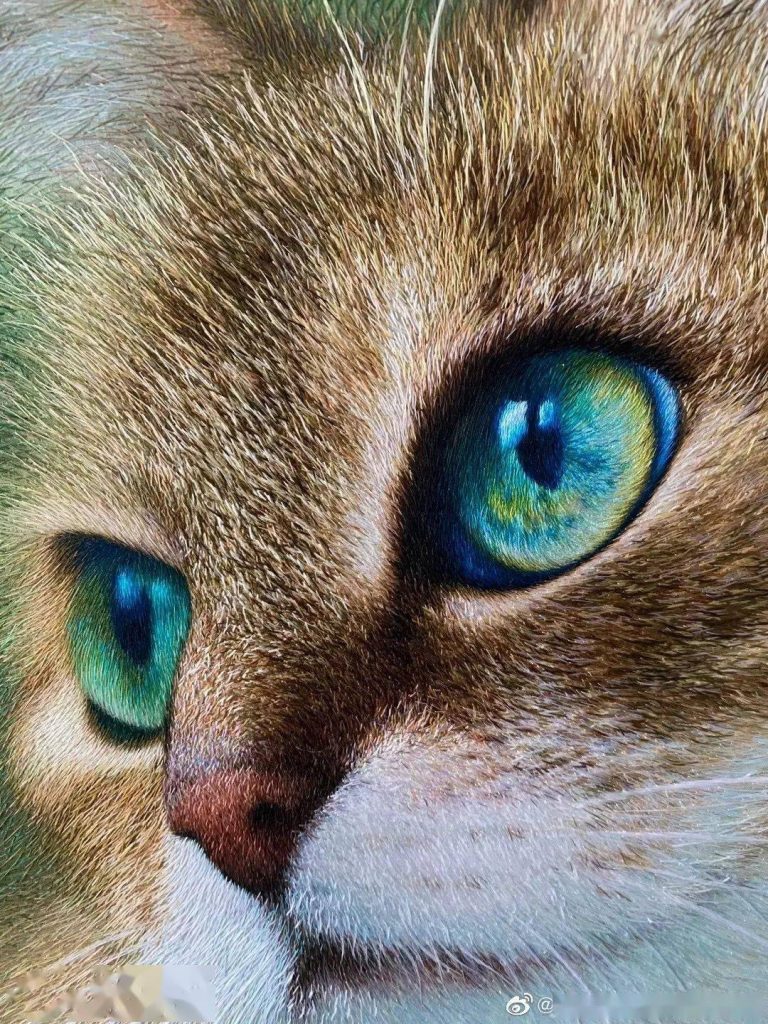
- Tigers: With piercing eyes and glossy fur, their golden-yellow coats are patterned with deep brown stripes, dense yet smooth, embodying the majesty of the king of beasts.
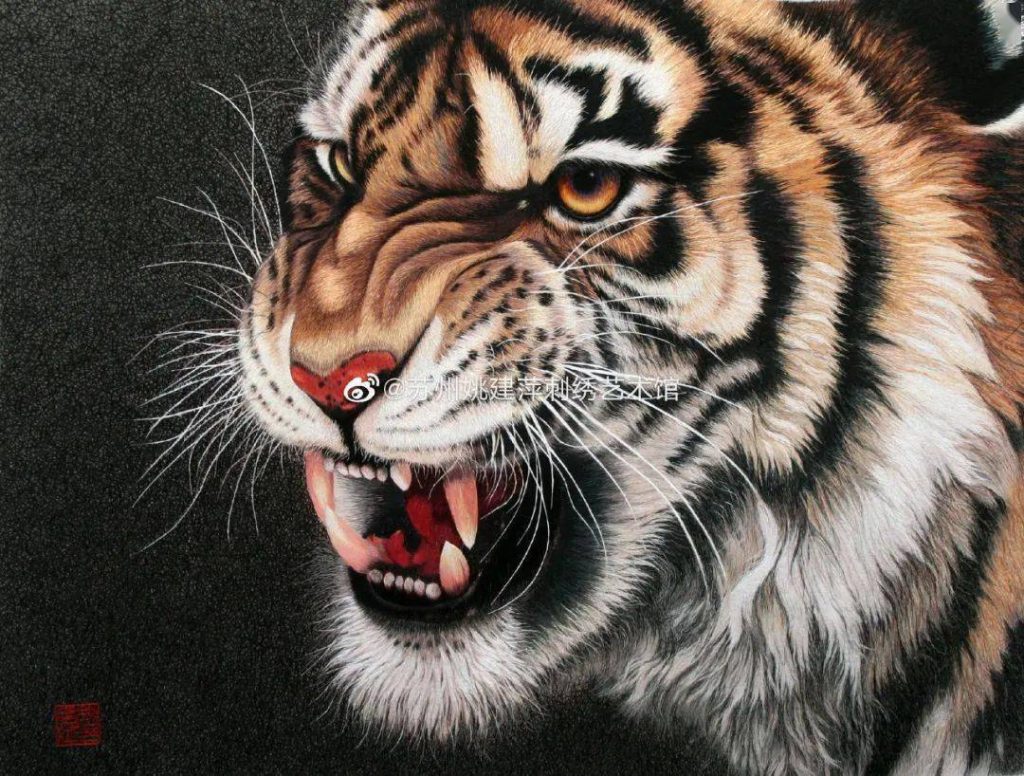
- Lions: Their broad, round heads and sharp, authoritative eyes radiate power and solemn dignity.
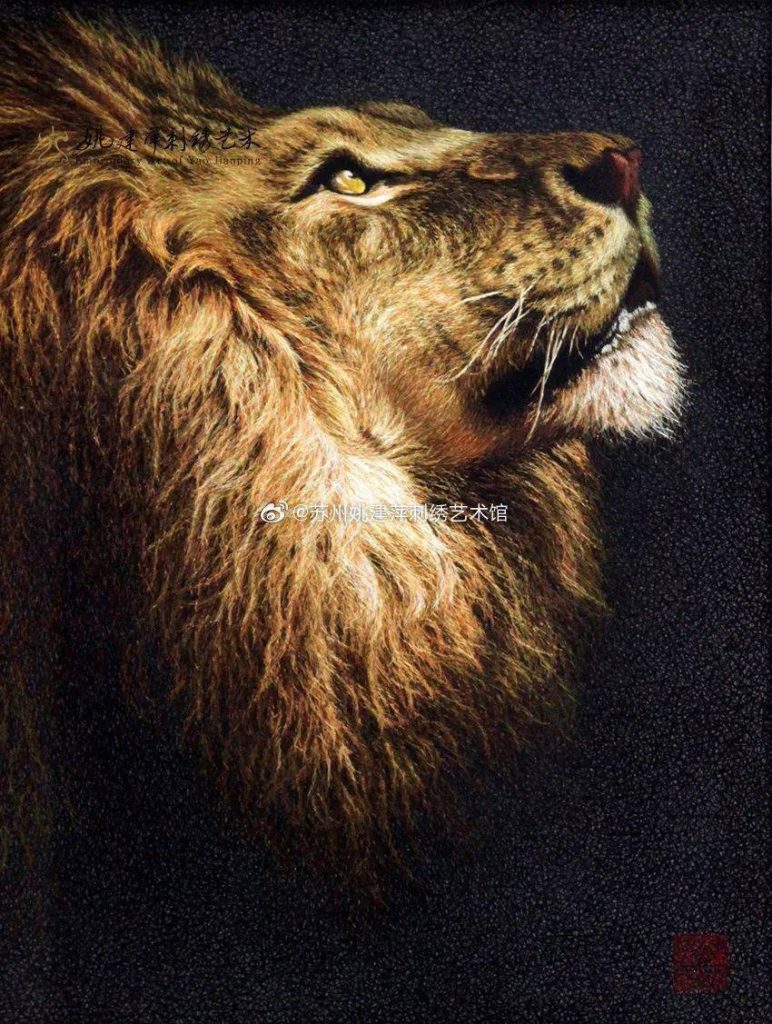
The Legacy of Ren Huixian and Random-Stitch Embroidery
Today’s embroidery heritage also includes masterpieces collected and recommended by Mr. Ren Huixian.
In the early years after the founding of the People’s Republic of China, Ren Huixian—an outstanding disciple of Yang Shouyu, the founder of random-stitch embroidery—pioneered a new style called “Virtual and Real Random-Stitch Embroidery.”
By blending Western painting and Chinese traditional techniques, as well as random stitches with classical Suzhou methods, Ren introduced innovative elements such as intentional blank spaces, which highlighted the expressive potential of embroidery stitches.
This new form drew inspiration from the single brushstrokes of sketching. By varying stitch density, distance, and overlap, the cross-thread patterns gained a sense of three-dimensionality, depth, and perspective. Artistically, it achieved the unique realm of “less is more.”
Master and Teacher
Ren Huixian was honored as a Chinese Arts and Crafts Master and a senior arts and crafts artist, becoming a milestone figure in the modern development of Chinese embroidery.
She trained generations of embroidery talents in Danyang, Suzhou, Nanjing, and beyond. Among her students were Taiwanese random-stitch artists Chen Sixue and Tong Jiabin, as well as direct disciples like Master Feng Liyi (later based overseas).
Her Suzhou disciples included well-known embroidery masters such as Zhang Yuying, Zhang Meifang, Huang Chunya, and Mei Guiying.
Master and Teacher
Ren Huixian was honored as a Chinese Arts and Crafts Master and a senior arts and crafts artist, becoming a milestone figure in the modern development of Chinese embroidery.
She trained generations of embroidery talents in Danyang, Suzhou, Nanjing, and beyond. Among her students were Taiwanese random-stitch artists Chen Sixue and Tong Jiabin, as well as direct disciples like Master Feng Liyi (later based overseas).
Her Suzhou disciples included well-known embroidery masters such as Zhang Yuying, Zhang Meifang, Huang Chunya, and Mei Guiying.
Recognition and Legacy
Ren Huixian’s style, the “Virtual and Real Random-Stitch Embroidery,” integrated Eastern and Western influences and developed into a unique school of its own.
She was praised by writer Zhou Shoujuan as the “Modern Goddess of the Needle.”
Her works and research, including Compilation of Random-Stitch Embroidery Techniques (now preserved in the Suzhou Museum), continue to influence embroidery artists today.
Over decades of exploration and refinement, from the 1970s onward, she created remarkable portraits such as Karl Marx, Friedrich Engels, Vladimir Lenin, Joseph Stalin, and Qi Baishi. These pieces became landmarks in modern Chinese embroidery art.

